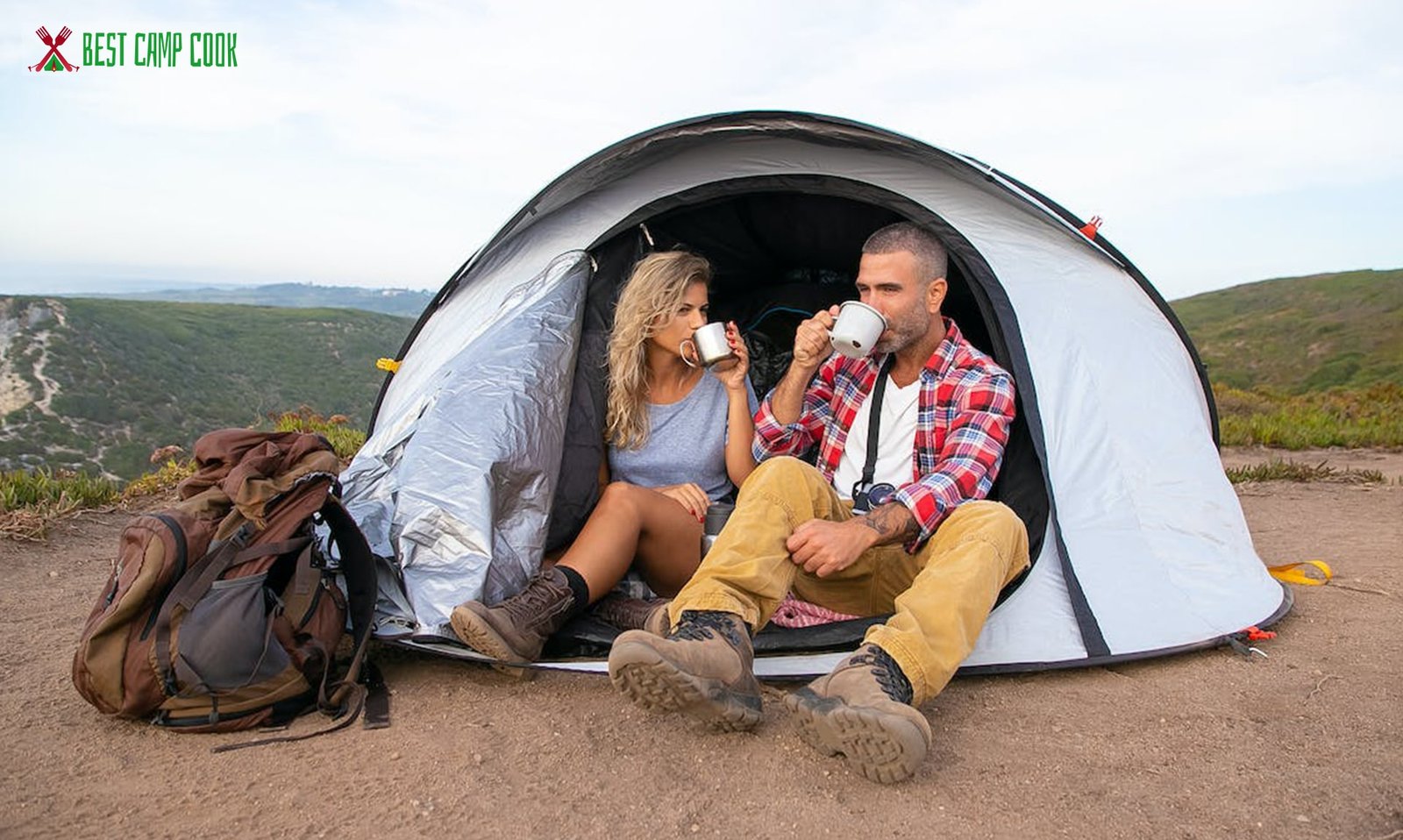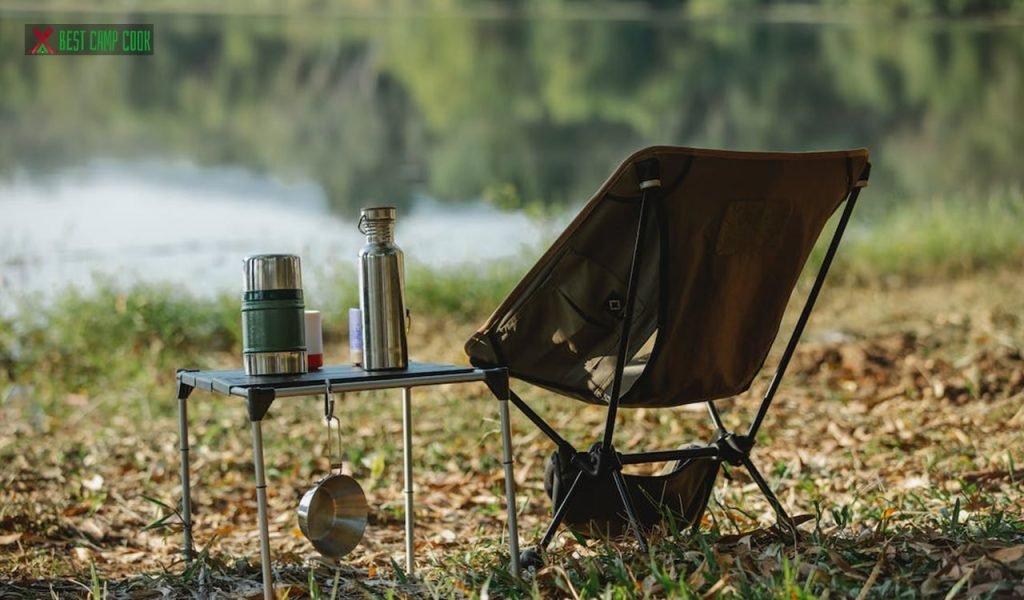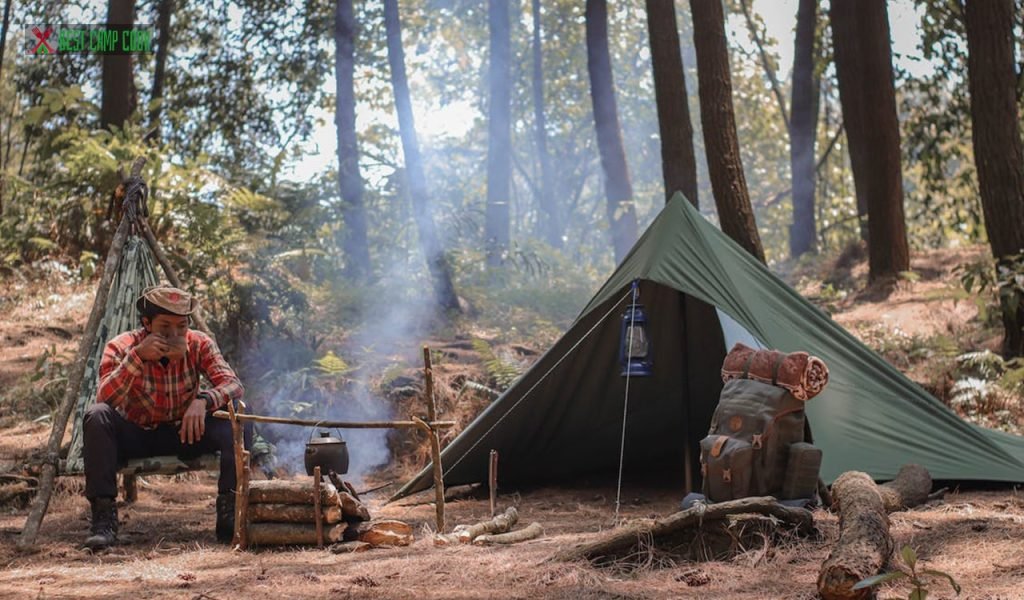Physical Address
304 North Cardinal St.
Dorchester Center, MA 02124
Physical Address
304 North Cardinal St.
Dorchester Center, MA 02124

Are you wondering how much water to bring camping? Don’t worry, we’ve got you covered! When it comes to planning your camping adventure, it’s crucial to stay hydrated and quench your thirst amidst the great outdoors.
But how do you determine the right amount of water to pack? Well, get ready for our ultimate guide that will reveal the secrets to staying well-hydrated during your camping escapades.
Whether you’re a seasoned camper or a newbie exploring the wilderness, this guide will provide you with all the information you need to ensure you have enough water to keep you going. So, let’s dive in and discover the perfect formula for hydration success on your next camping trip!
Main Summary: How Much Water to Bring Camping?
When planning your camping trip, a general rule is to bring at least one gallon (3.8 liters) of water per person per day. This amount covers drinking, cooking, and basic hygiene needs. Adjust accordingly based on factors like climate, duration, and activities to ensure a fulfilling outdoor adventure.
When it comes to summer camp planning, one essential item that should never be overlooked is water. As humans, we depend on water for survival, and staying properly hydrated is crucial, especially in outdoor activities like camping.
In this comprehensive guide, we will explore the importance of clean drinking water while camping, how climate affects our water needs, and how to determine the right amount of water for a camping trip.

Image Source: Pexels
Clean drinking water is vital for maintaining good health and well-being, regardless of where you are. However, when camping, access to safe drinking water may be limited. It’s essential to prioritize water safety to prevent dehydration and waterborne illnesses.
When venturing into the great outdoors, remember that natural water sources like lakes, rivers, and streams may contain harmful bacteria, parasites, or pollutants.
Therefore, relying solely on these sources for drinking water is not recommended unless you have proper filtration or purification systems in place.

Image Source: Pexels
The climate plays a significant role in determining how much water you should bring while camping. Hot and dry climates increase the risk of dehydration due to excessive sweating. Conversely, cold climates can also lead to dehydration as the body loses water through respiration and increased urine production.
To combat these challenges, it is crucial to understand the climate of your camping destination. Research the average temperatures and humidity levels to estimate the amount of water you may need to stay properly hydrated throughout your trip.
Determining the adequate hydration for camping requires considering several factors. The following guidelines can help you estimate the amount of water you should bring:
Remember, it’s better to bring more water than you think you’ll need, as unexpected circumstances or emergencies can arise during camping trips. Additionally, consider the weight and space limitations of your backpack or vehicle when packing water containers.
By prioritizing clean drinking water and understanding your personal hydration needs, you can ensure a safe and enjoyable camping experience.
Dehydration can pose significant risks while camping, especially when engaging in outdoor activities and spending time in warm or arid environments.
Understanding the effects of dehydration, recognizing its symptoms, and taking preventive measures are crucial for maintaining your health and well-being during your camping trip.
When you don’t consume enough water to replenish the fluids lost through sweating and other bodily functions, dehydration can occur.
While camping, dehydration can be exacerbated due to increased physical activity, exposure to the sun, and limited access to clean drinking water. The risks of dehydration include:
Recognizing the symptoms of dehydration is essential for prompt intervention. Common symptoms include:
If you or someone in your camping group experiences these symptoms, it’s crucial to address dehydration immediately by rehydrating with water and seeking shade or a cooler camping environment.
Preventing dehydration is vital for maintaining optimal health and enjoying your camping experience. Here are some preventive measures to consider:
By understanding the risks of dehydration, recognizing its symptoms, and taking preventive measures, you can ensure a safe and enjoyable camping experience while keeping your body properly hydrated.

Image Source: Pexels
Maintaining personal hygiene is essential for your comfort and well-being while camping. Although clean drinking water is a priority, it’s also necessary to consider water usage for personal hygiene purposes.
Here are some essential hygiene practices to follow while camping:
While practicing personal hygiene, it’s important to conserve water to minimize your impact on the environment and ensure an adequate supply for drinking and cooking. Consider the following water conservation tips:
By practicing basic hygiene and implementing water conservation techniques, you can maintain cleanliness while camping without compromising the availability of clean drinking water.

Image Source: Pexels
Water is not only essential for drinking and personal hygiene but also for cooking meals and cleaning utensils while camping. Properly managing your water supply for these purposes is crucial to ensure a hygienic and enjoyable camping experience.
Consider the following tips for cooking with water while camping:
Maintaining clean utensils and cookware is crucial for food safety and hygiene. Follow these guidelines for cleaning while camping:
By planning your meals, managing water sources, and practicing proper cleaning techniques, you can ensure safe and efficient water usage for cooking and cleaning while camping. This will contribute to a hygienic and enjoyable outdoor experience.

Image Source: Pexels
Water bottles are a convenient and popular choice for carrying water while camping. The cost of water bottles can vary depending on the brand, size, and material.
Generally, reusable plastic water bottles are the most affordable option, ranging from $5 to $20. Stainless steel water bottles are more durable but tend to be slightly more expensive, ranging from $15 to $30. Insulated water bottles, which help keep your water cool for longer periods, can range from $20 to $40 or more.
Hydration bladders, also known as reservoirs, are a hands-free way to carry water while camping. These bladders usually have a capacity of 1.5 to 3 liters and are designed to fit inside a backpack.
The cost of hydration bladders varies depending on the brand and features. Entry-level bladders can cost around $20 to $30, while high-end models with additional features like insulated tubes or filtration compatibility can range from $40 to $100 or more.
Water purification systems are crucial for ensuring safe drinking water when camping. The cost of water purifiers and filters can vary depending on the technology and brand. Portable water purifiers, such as UV purifiers or chemical treatments, can range from $20 to $100.
Water filters, which remove contaminants and particles, can range from $20 for basic models to $150 or more for advanced filters with multiple filtration stages.
It’s important to note that while the initial cost of these items may vary, they provide long-term value and can be used for multiple camping trips with proper care and maintenance. Investing in high-quality equipment is recommended to ensure durability and reliable performance.

Image Source: Pexels
Researching water sources before embarking on a camping trip is crucial for several reasons. Here’s why it’s essential to gather information about water sources in the camping area:
Knowing the available water sources allows you to assess their safety and suitability for drinking. Not all water sources in nature are safe to consume without proper treatment. Researching water sources helps you identify potential risks, such as contaminated or stagnant water, and take appropriate measures to ensure safe hydration.
Understanding the location and proximity of water sources helps you plan your camping itinerary more efficiently. It allows you to determine the distance you need to travel to access water and helps estimate how much water you need to carry with you. This information is particularly important when camping in arid or remote areas where water sources may be scarce.
Researching water sources enables you to assess the quality of available water and determine the necessary treatment methods. If the water source is untreated or of questionable quality, you’ll need to bring appropriate water purification equipment or plan for alternative water sources.
Researching water sources also helps you understand the environmental impact of your camping activities. Some areas may have sensitive ecosystems or limited water resources, necessitating extra caution to minimize your impact. By being aware of the water sources and their vulnerability, you can make informed decisions to protect the environment. To research water sources effectively, consider the following steps:
By conducting thorough research on water sources, you can ensure a safe and enjoyable camping experience, stay properly hydrated, and minimize your impact on the environment.
You should typically aim to bring at least 2 liters of water per person per day for camping. However, the amount may vary based on factors like weather, activity level, and duration of the trip. It’s essential to stay hydrated, so consider bringing extra water to be safe.
Yes, 25 liters of water would be sufficient for camping, especially if it’s just for a short trip or a single person. However, it’s always advisable to bring more than the minimum requirement to account for unforeseen circumstances or emergencies.
The amount of water needed for camping depends on various factors, such as the number of people, trip duration, and water availability at the campsite. As a general guideline, plan for a minimum of 2 liters per person per day and adjust based on specific requirements. Always prioritize hydration during outdoor activities.
Bring water in reusable containers like water bottles or hydration packs. Consider collapsible water containers or jerry cans for larger amounts. Plan for enough water per person per day and explore natural water sources if safe. Stay hydrated with clean and potable water during your camping trip.
The best way to bring camping water is by using a combination of reusable water bottles or hydration packs for personal use, and collapsible water containers or jerry cans for larger amounts of water. This ensures you have enough water for hydration while being practical and easy to carry during your camping adventures..